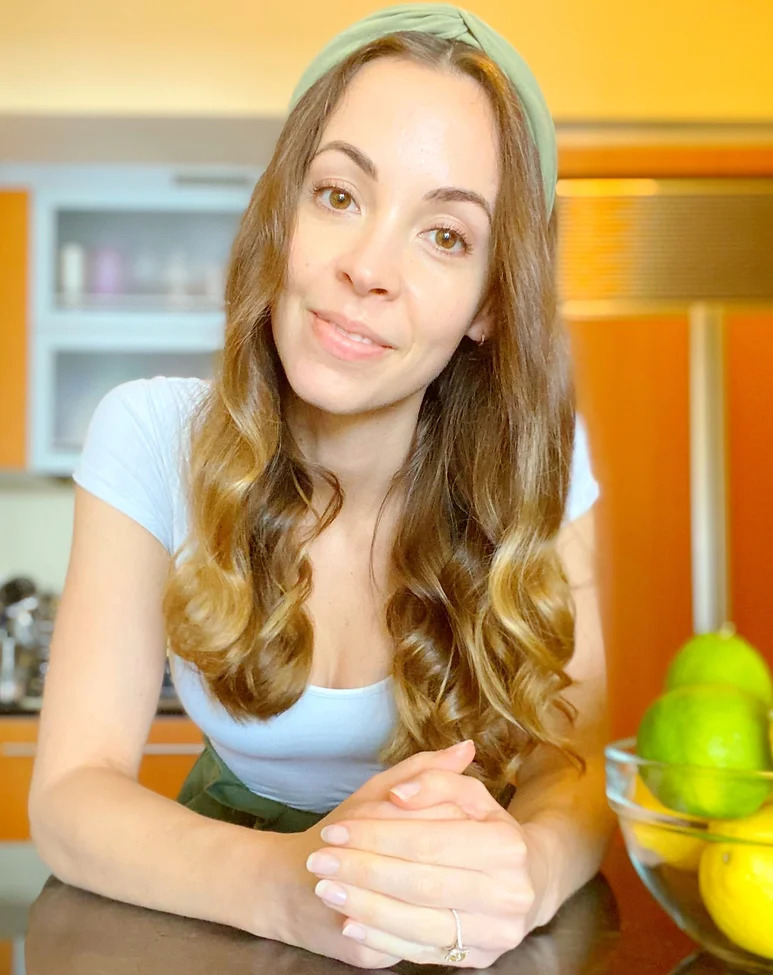
Endless Exercises – Steve Washuta

Guest: Steve Washuta
Podcast Release Date: 2/19/2021
Welcome to Trulyfit the online fitness marketplace connecting pros and clients through unique fitness business software.
Steve Washuta: Welcome to the Trulyfit podcast. I’m your host, Steve Washuta, co-founder of Trulyfit and author of Fitness Business 101. Today’s podcast is a quickie, it’s under six minutes long. It’s simply me explaining to you what “dots” is Duration Object Tempo Stability for any personal trainer or group fitness instructor who’s looking to be more creative and especially creative on the spot. Right when you’re not writing out programming when you have to be creative on the spot. dots is going to be a lifesaver for you. And I’m going to explain it right now.
Steve Washuta: Okay, let’s hop right into it here. “Duration Object Tempo Stability” DOTS, remember that acronym, it’s going to help you stay creative on the floor. I work with a lot of young trainers who tell me whether it’s because their virtual training now and their clients don’t have a lot of tools and toys, or whether it’s because they simply just feel like they don’t have the experience working with a bunch of different tools and toys, that they’re limited in their creativity. They want to give their clients new and endless exercises and they want to look professional and be able to do it on the spot, right?
There are some times where you’re programming workouts but there are other times where you have to be creative, right away and I’m going to show you how to do that using DOTS. So number one, we pick out an exercise, it doesn’t matter which exercise let’s go ahead and say shoulder press from that shoulder press, now using DOTS, I can make that shoulder press look infinitely different, I can make 1000-100,000 different shoulder press exercises using DOTS.
So duration is just the time or the repetitions and once I use we can do it for 45 seconds with the shoulder press or we can do it for 12 repetitions right? Switch the duration changes to the exercise the object that should be obvious whether it’s a med ball or a kettlebell or a dumbbell or a barbell or a band switching the object then we have tempo. Tempo is the concentric the e-centric the isometric, it is the time in which you’re doing it up and down, right and then we have the stability. Which is standing on two feet standing on one leg, standing on Both, standing on a foam pad.
Right. It’s just it’s your particular stance, and whether you’re stable or unstable, or how stable or unstable, so switching any of those changes the shoulder press, let’s go through it real quick. So if I’m doing a shoulder press, the duration let’s say is 12 repetitions the object is a medicine ball.
The tempo is two seconds concentric two seconds e-centric and the stability is I am, I’m standing in a split stance, one foot in front of all let’s change that, how does that shoulder press look different, we can change any of the variables, I’ll go from the start to the finish. First, let’s change the duration. So instead of doing 12 repetitions, we’re now doing it for 45 seconds. Instead of using a med ball, we’re now using a barbell. Instead of doing two seconds concentric two seconds e-centric, I’m now pressing it up fast, one second concentric and coming down really slow four seconds, East centric. And as far as the stability is concerned, maybe I’m standing on a foam pad now. So those ankles even invert a bit. And we challenged the client.
So I’m not only doing this to look creative and create endless exercises but proprioceptively I’m challenging my client. Every time I switch one of these variables, we’re working different muscles, I’m challenging them in a different way, which in turn, helps them burn more calories or helps them get to their goal.
Now provided you don’t have a client who’s looking for something specific, let’s say they’re training for a sport-specific thing, or they’re just looking to lose weight. Or you have a client or you have a client who you might work with and in a fashion that is like just boxing something to that extent, they get that’s different. But I’m talking about general health and wellness. When you’re trying to make your client healthier when you’re trying to challenge a client when you’re looking for a little bit of weight loss, muscle gain those sorts of things.
Using DOTS will give you creativity and endless exercises and then also, in turn, help your client and challenge your client. Let’s go run through another set of these I can pick out any exercise and I can go through this. Let’s pick out a chest press. So we have a chest press, we’ll say the duration is 20 repetitions, we’ll say the equipment is a barbell, we’ll say the tempo is one second concentric, three seconds isometric, we’re going to hold it, and then one-second e-centric and the stability is you know, we’re doing it on a bench. We’re doing it on a flat bench. Well, let’s change all four of those variables.
You would only have to change one to change the exercise, but I’ll show you but I’ll change all four of them just to show you how differently we can make a chest press lock. So now the duration is 45 seconds. And the object is a cable machine. So I’m using a cable machine pressing out.
The tempo is just one second in, one second out. We’re banging these repetitions out here. Then the stability is I’m standing on a split leg stance because I’m standing up during this right so changing any of these variables gives you endless exercises to stay creative on the floor, I can go forever, why not just give you a few more here. So let’s go ahead and we’ll go with a bicep curl, right so we’re doing bicep curls.
The duration is 15 repetitions. So I’m doing 15 repetitions the object is a kettlebell, I’m holding on to the horns of the kettlebell, I’m doing bicep curls that way, the tempo is two seconds up, three seconds down, two seconds concentric, three seconds e-centric. The stability is standing on a Bosu while I do this right to create some instability here. So here, so I can just change one of those variables, I can do the same exact thing, I could still have the same number of repetitions, I can still use a kettlebell, it’s, you know, the bicep curls the exercise, I can still use the same tempo, but just by now, instead of standing on the Bosu. Maybe I flipped the Bosu over and I stand on the other side of the Bosu, right? That’s a completely different exercise because it’s changing the stability.
So keep this in mind when you’re working duration, object, tempo, and stability. Now, it should be fused with the seven central movements, which I will talk about further in another podcast. If you’ve read my book, if you’ve taken my course, or even if you’re someone who is TRX certified, you know the seven central movements, I’ll go over them quickly. That is push, pull, lunge, hinge, rotate, squat, and plank.
Thinking about those movements, right getting your client to move in all those different directions. So that with DOTS: duration, object, tempo, and stability, I promise you we’ll have endless exercises. Good luck out there and see you on the next Trulyfit podcast. Thanks for joining us on the Trulyfit podcast. Please subscribe, rate, and review on your listening platform. Feel free to email us as we’d love to hear from you.
Thanks again!
CLICK FOR AUDIO OF PODCAST





